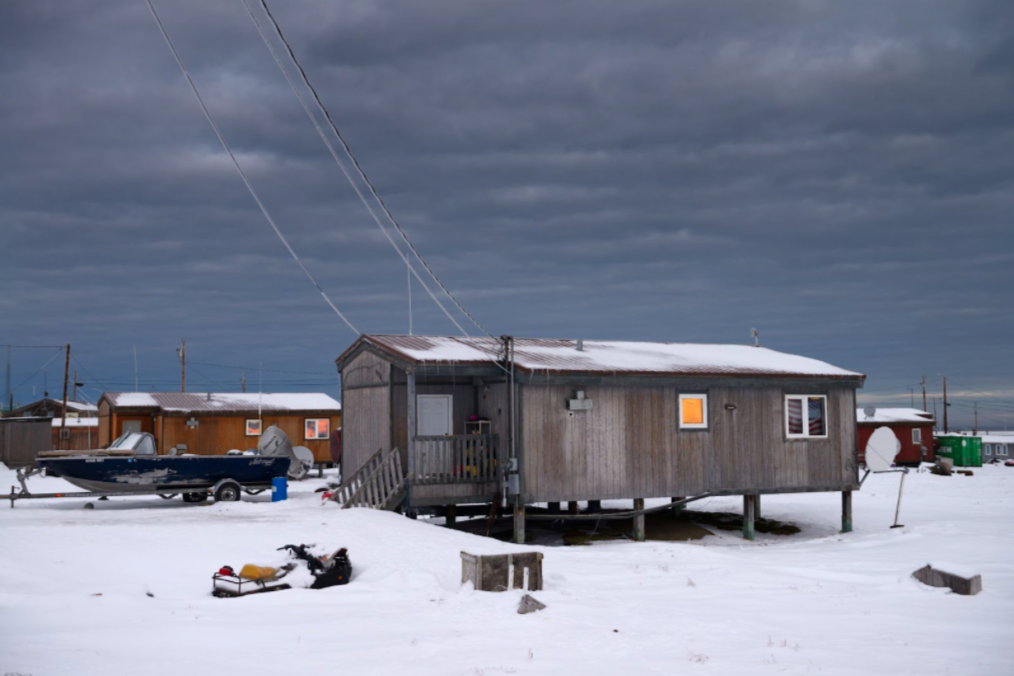
Connecting with students in rural or low-bandwidth settings
Students in remote Alaskan villages have many internet woes. Internet speeds in the Bush are often below 1 mbps, and students may have to share computers with housemates or use one at the local school. Speed and access further decline if there are more users per computer and/or per network at rural sites.
Recommended internet speed for a Zoom call, for example, is about 0.8-1 mbps for a group call; 2-3 mbps if video is involved. This is too much for many rural internet connections.

Below are some tips helping instructors to deliver their content without leaving out rural students:
Know where your students are from
When teaching classes over the internet, instructors should look at addresses on a class roster to see how many students are at rural sites. Expect that rural students are more likely to have internet access troubles.
Reach out early in the semester to reassure students
Make introductions during first class and ask about their internet access (or ask them to send you a private email if they don’t want to speak up in class).
It’s easy to overlook rural students – they are often shy and unaccustomed to speaking out, and they are quite used to being left out of the loop. Rather than speaking up, they may quietly drop the class or disappear if they have trouble keeping up.
Students with little internet access often have little internet experience (especially true of older students, adults and seniors)
Reassure them that you can help or provide alternatives if they have trouble with technology.
You could make a fun, non-graded test quiz so that they can practice taking quizzes online stress-free.
Provide alternative access to class materials in case of internet outages
- Student’s internet may not just be slow, but may blink in and out, dropping them from a Zoom session repeatedly. If you offer recordings of sessions, students who lost connections can access missed classes later.
- You can also make simultaneous phone recordings of classes over a conference call and provide visual materials via email or on Google Docs. This will allow students to listen and view materials asynchronously if they can’t keep up over Zoom or can’t access a computer during class time.
Keep it simple!
- Class materials — especially in science — are hard enough. Adding more technology than necessary only adds stress to students with poor internet access.
- Use textbooks if you require them! Students paid a lot of money for them, and they offer a time-honored technology-free access to your class materials.
- Avoid click-happy websites. These are websites that require many page loads to access any content. They are a nightmare on a slow internet connection.
Stress-free exams
- Exams are stressful enough; it’s worse if students also have to worry about their internet dropping them in the middle of one.
- If you do exams online, such as in Blackboard, offer multiple access, so students can sign back in if they get kicked off the connection during the exam.
- Reassure students that they won’t lose points over an internet outage in the middle of a test (students tend to panic when that happens; spare them the stress!)
- Offer alternatives such as proctored exams, open-book, etc.
You can’t save everybody
You can offer alternatives, help, tutoring, etc., but ultimately, if a student doesn’t respond or reach out, then there’s little you can do to help
Claudia Ihl
Associate Professor of Biology
Claudia Ihl is Associate Professor of Biology at the NW Campus in Nome. She teaches a variety of classes over Zoom or in person, and conducts research with undergraduate students.
